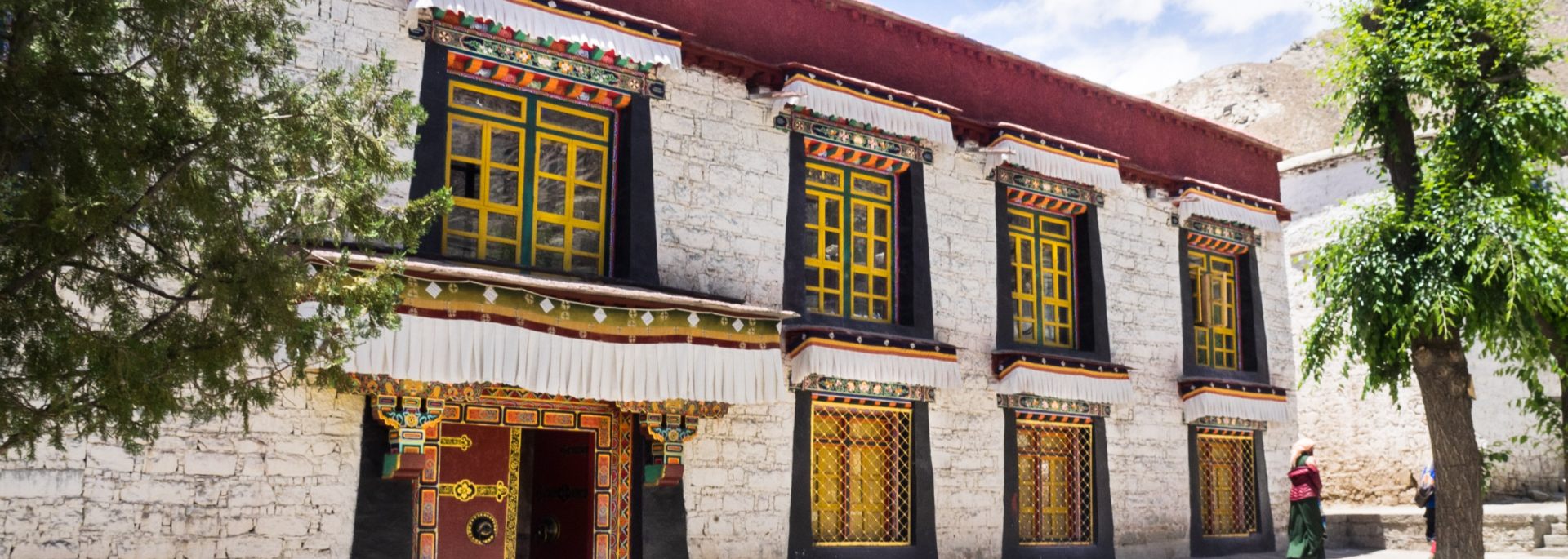
Exploring Sera Monastery in Tibet as a Cultural Attraction
By Jasmine
Among all the places I’ve visited, Sera Monastery in Tibet stands out with its unique atmosphere. Watching the monks debate in the courtyard and walking through its centuries-old halls made the experience truly unforgettable. In this guide, I’ll share my personal journey through Sera Monastery, along with tips to help you explore and feel its energy in your own way.
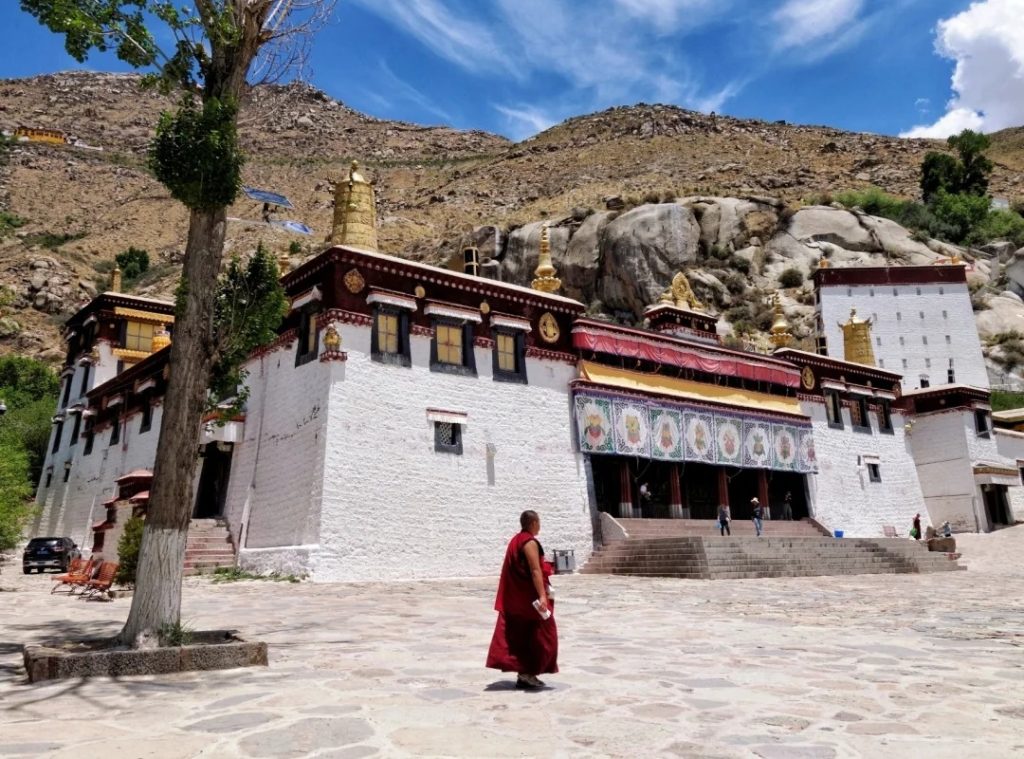
Cultural Highlights at Sera Monastery in Tibet
Sera Monastery in Tibet, China is best known for its debating monks, a unique tradition that showcases Buddhist philosophy in action. The chanting halls and murals add to its charm.
Debating Grounds
Debate is a unique tradition of Tibetan Buddhism. At Sera Monastery in Tibet, debates are held daily from 3:00 pm to 5:00 pm, except Sundays and festivals (check announcements for updates). Monks debate with lively gestures, clapping, and chanting, sometimes one-on-one, sometimes in groups. It is a vivid way of studying Buddhism. I suggest arriving 30 minutes early to find a good spot.
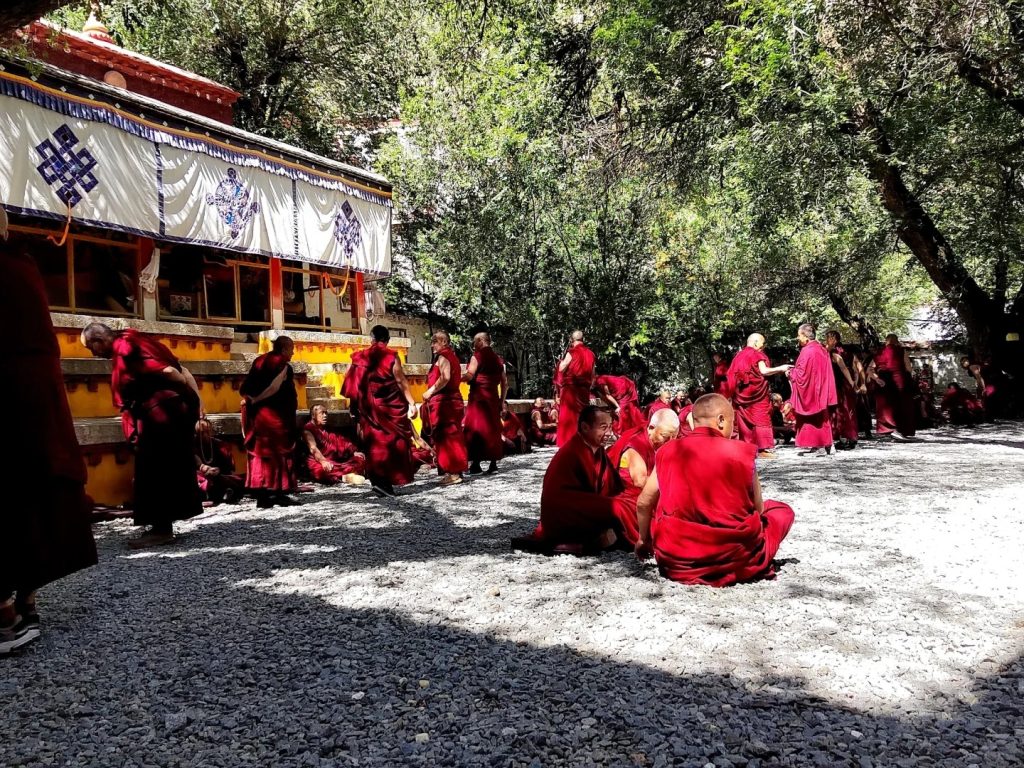
Hiking and Scenic Views
Behind the monastery, a one-hour hike up a dirt trail leads to the mountaintop. From here, you can see the whole of Lhasa, with landmarks like the Potala Palace and Norbulingka. Along the way, prayer flags flutter in the wind, and you may pass by retreat huts of hermits. If you continue deeper into the mountains, you may discover nunneries and meditation caves, experiencing the hidden culture of seclusion.
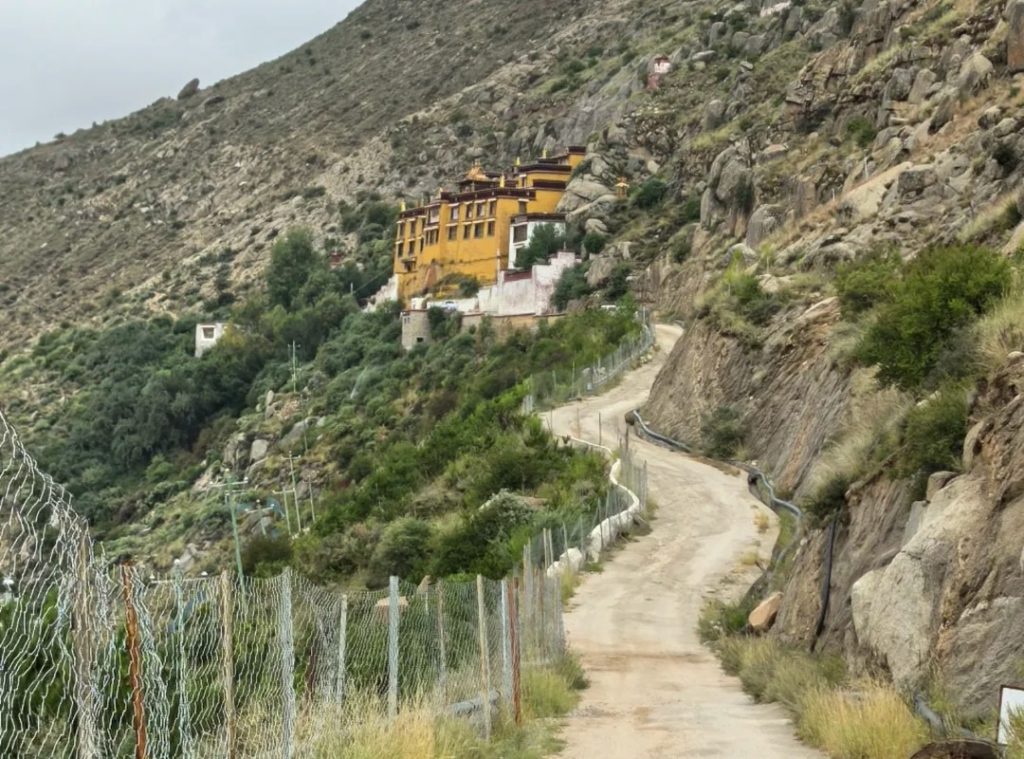
Main Halls and Sacred Treasures of Sera Monastery in Tibet
The main halls of Sera Monastery in Tibet house ancient statues, scriptures, and sacred treasures. Each detail reflects centuries of Tibetan Buddhist devotion.
Coqen Hall at Sera Monastery in Tibet
Coqen Hall, the main hall of Sera Monastery in Tibet, stands on 108 pillars and once gathered 8,000 monks. Inside are Shakya Yeshe’s statue with a Ming gift hat, the 1410 woodblock Kangyur, and a 6-meter gilded Maitreya with finely carved motifs.
Hayagriva Hall at Sera Monastery in Tibet
Hayagriva Hall at Sera Monastery in Tibet holds the legendary Hayagriva statue, believed to guard against evil. Pilgrims queue daily to worship. The hall also preserves a pearl-decorated thangka and, in 2025, added 29 new works of the “84 Mahasiddhas.”
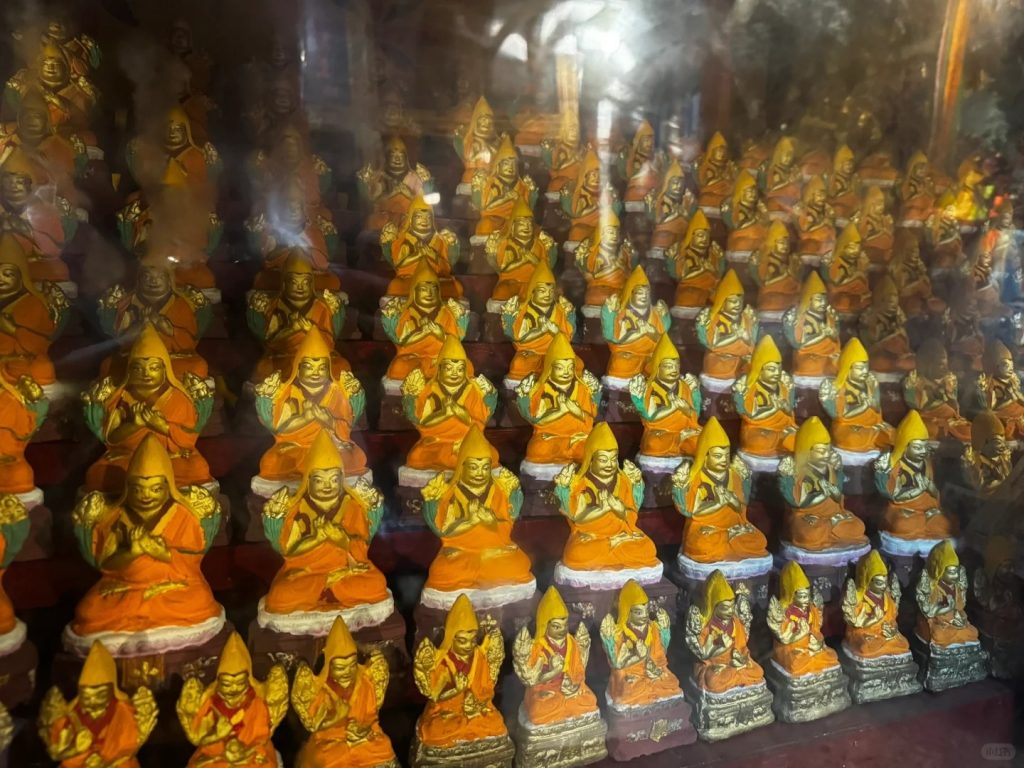
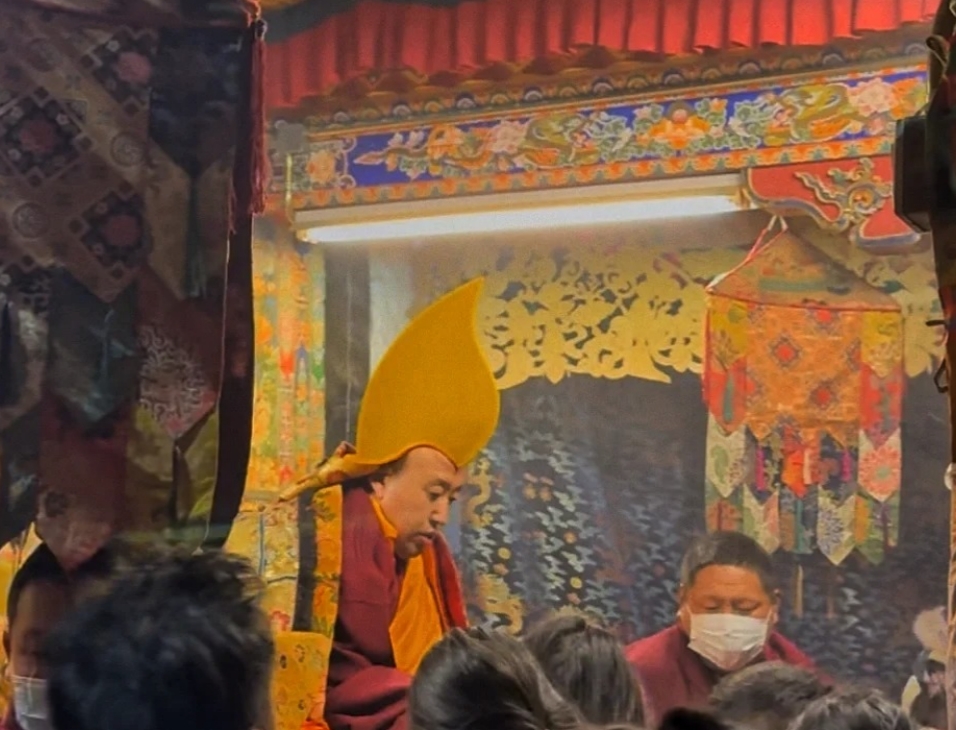
Distinct Colleges and Esoteric Culture at Sera Monastery in Tibet
Sera Monastery in Tibet has three colleges: Sera Jé Dratsang, focused on philosophy and debate; Sera Mé Dratsang, known for sutra studies; and Ngagpa Dratsang, dedicated to tantra. Together, they preserve deep esoteric culture and keep the monastery a vital center of Tibetan Buddhism.
Jey Dratsang
Jey Dratsang is the largest college of Sera Monastery in Tibet. Its protector hall enshrines Hayagriva, where pilgrims touch their foreheads for blessings. The Avalokiteshvara Hall shows a thousand-armed statue, and the Thangka Platform hosts the giant Maitreya display during the Shoton Festival.
Ngaba Dratsang
Ngaba Dratsang is the tantric college of Sera Monastery in Tibet. It houses a Yamantaka statue with the thumb bone of master Ralo Zhapawa inside. The walls show vivid murals of Vajrabhairava and the Pure Land, reflecting the mystical Gelugpa tradition.
Me Dratsang
Me Dratsang is one of the oldest parts of Sera Monastery in Tibet. Its protector deity hall features the hidden “Töwu” with bone-carved doors. The upper halls once stored the golden-ink Kangyur and still preserve thousands of bronze Tara statues.
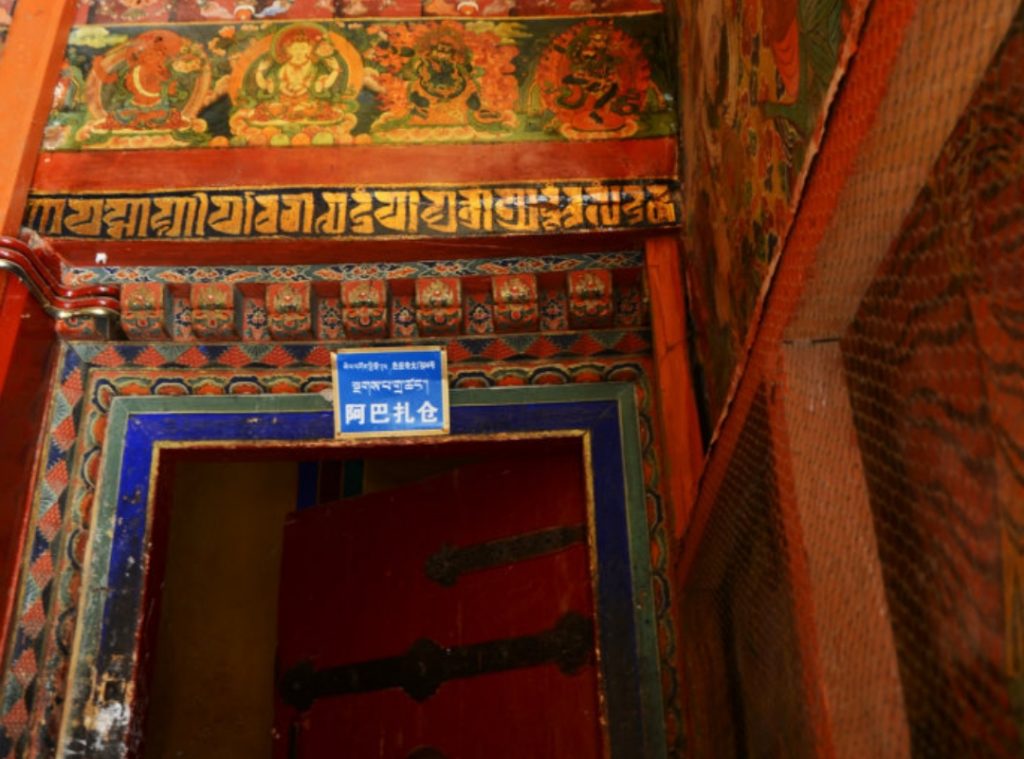
Practical Information for Sera Monastery in Tibet
Sera Monastery in Tibet is a key cultural and religious site in Lhasa. Here you can experience its rich history, sacred halls, and unique Tibetan traditions.
| Tip | Details |
| Best Time to Visit | Open year-round; May to October offers mild weather and clear skies for the best experience at Sera Monastery in Tibet. |
| Getting There | About 5 km north of Lhasa. Taxi: 15-20 min; Bus No. 6: direct route. |
| Dress Modestly | Cover shoulders and knees; remove hats in prayer halls. |
| Respect Local Customs | Stay quiet in prayer halls; avoid disturbing monks; ask before photography; walk clockwise on kora circuits. |
| Plan Your Time | Allocate 2-3 hours. Visit before 3 PM for monk debates. |
| Altitude Awareness | Move slowly, stay hydrated, avoid strenuous activity at high altitude. |
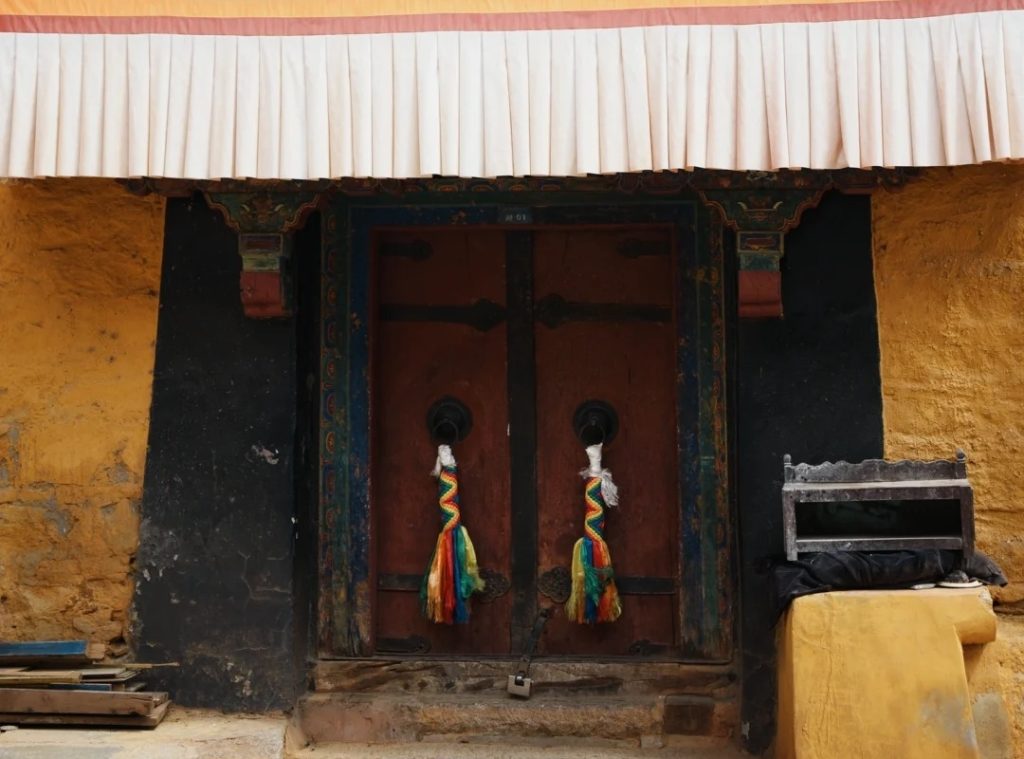
Deeper Experiences at Sera Monastery in Tibet
Morning Blessings: Enter before 8:30 am to join local devotees in circumambulation. During the Sera Bengqin Festival (December 27th of the Tibetan calendar), you can receive a blessing from the vajra scepter in front of the Coqen Hall.
Thangka Appreciation: In the Hayagriva Hall at Sera Monastery in Tibet, observe the appliqué thangka closely. Under the butter lamps, the light on silk and pearls is especially moving. If time allows, arrange for a local artist to explain the thangka painting process.
Monastic Meal: Near Jey Dratsang at Sera Monastery in Tibet, you can taste a simple vegetarian meal offered by the monks—tsampa made from highland barley with butter tea, a glimpse into their daily life.
My visit to Sera Monastery was a journey into Tibetan culture and spirituality. The stunning architecture, peaceful atmosphere, and energetic monk debates made it truly unforgettable. If visiting Lhasa, this monastery is a must-see.